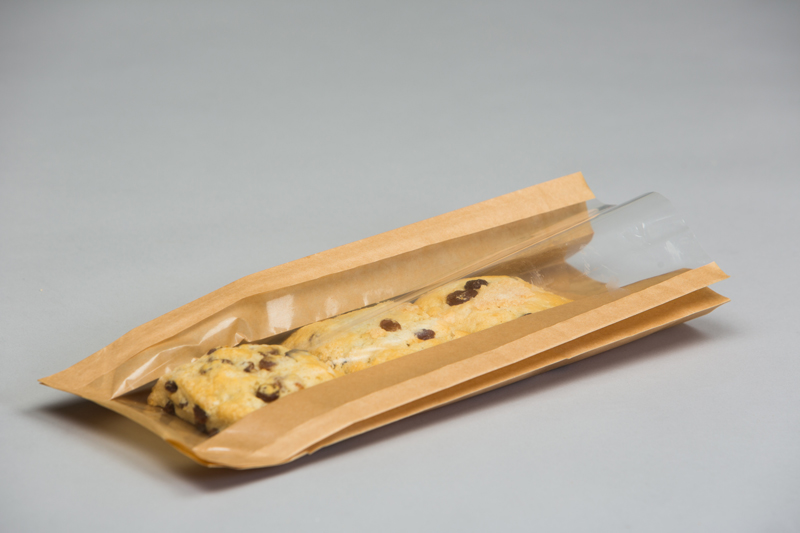In the world of packaging, innovation and sustainability are driving forces behind many of the industry’s advancements. One such innovation is the wax lined paper bag, a versatile and environmentally friendly alternative to plastic packaging. These bags are used in various sectors, from food to retail, and offer a range of benefits that make them a popular choice among consumers and businesses alike. This article delves into the various aspects of wax lined paper bags, exploring their history, manufacturing process, applications, environmental impact, and future prospects.
The History of Wax Lined Paper Bags
The history of wax lined paper bags dates back to the early 20th century when there was a growing need for reliable and cost-effective packaging solutions. Initially, paper bags were used extensively, but they had limitations in terms of durability and moisture resistance. To overcome these challenges, manufacturers began experimenting with different materials and coatings, eventually discovering that a wax coating significantly improved the paper’s properties.
The Manufacturing Process of Wax Lined Paper Bags
The manufacturing process of wax lined paper bags involves several stages, each crucial for ensuring the quality and functionality of the final product. The process begins with the selection of high-quality paper, typically kraft paper, known for its strength and durability. This paper is then coated with a layer of wax, which can be either paraffin or a more sustainable option like beeswax or soy wax..
Quality control is an integral part of the manufacturing process, with stringent checks at each stage to ensure the bags meet the required standards. This includes testing for durability, moisture resistance, and overall performance, ensuring that the bags can withstand the rigors of their intended use.
Applications of Wax Lined Paper Bags
Wax lined paper bags are incredibly versatile, finding applications across a wide range of industries. One of the most common uses is in the food industry, where these bags are ideal for packaging items such as bakery products, confectionery, and deli goods. The wax coating provides an effective barrier against moisture and grease, keeping the contents fresh and extending their shelf life.
In addition to food packaging, wax lined paper bags are also used in retail for items that require a bit more protection, such as cosmetics and specialty goods. The bags can be printed with attractive designs and branding, making them an excellent marketing tool while providing the necessary functionality.
Environmental Impact and Sustainability
One of the key advantages of wax lined paper bags is their environmental impact. Unlike plastic bags, which can take hundreds of years to decompose and pose a significant threat to wildlife and ecosystems, wax lined paper bags are biodegradable and compostable. The use of sustainable wax options, such as beeswax or soy wax, further enhances their eco-friendly credentials.
Recycling is another important aspect of the environmental impact of wax lined paper bags. While the wax coating can make recycling more challenging, many facilities are equipped to handle these materials, and ongoing advancements in recycling technology are continually improving the feasibility of recycling wax lined paper bags.
Advantages and Disadvantages of Wax Lined Paper Bags
Wax lined paper bags offer a multitude of advantages that make them an attractive option for both consumers and businesses. Firstly, their moisture and grease resistance is a significant benefit, particularly for food packaging. This ensures that the contents remain fresh and protected, reducing food waste and improving product quality.
Another advantage is their biodegradability and compostability, which address growing consumer concerns about environmental impact. The use of renewable resources in their production further enhances their appeal as a sustainable packaging solution. If you want to know more information about white paper bags bulk visit TopUSAPackaging.
However, there are also some disadvantages to consider. The cost of wax lined paper bags can be higher than that of plastic bags, which might be a consideration for some businesses. Additionally, the wax coating can make recycling more complex, though this is an area where ongoing improvements are being made.
Overall, the advantages of wax lined paper bags far outweigh the disadvantages, particularly when considering the broader environmental and sustainability benefits they offer.
Innovations and Trends in Wax Lined Paper Bags
The packaging industry is continually evolving, with new innovations and trends emerging to meet changing consumer demands and regulatory requirements. One of the notable trends in wax lined paper bags is the development of more sustainable wax options. Beeswax and soy wax are becoming increasingly popular as alternatives to paraffin wax, offering a more eco-friendly solution.
Another trend is the incorporation of advanced printing and design techniques, allowing businesses to create customized and attractive packaging that enhances brand visibility. This not only helps in marketing but also improves the overall consumer experience.
Conclusion
Wax lined paper bags represent a significant advancement in the packaging industry, combining functionality with environmental responsibility. Over the years, they have evolved from a simple solution for protecting food items to a versatile packaging option used in various sectors, including food, retail, and industrial applications. The manufacturing process of these bags ensures they are durable and effective in keeping contents fresh and protected from moisture and grease.
One of the standout features of wax lined paper bags is their environmental impact. Being biodegradable and compostable, especially when using sustainable wax options like beeswax or soy wax, they offer a much-needed alternative to plastic bags, which contribute significantly to environmental pollution. Moreover, the use of responsibly sourced paper and advancements in recycling technology further enhance their sustainability credentials.
